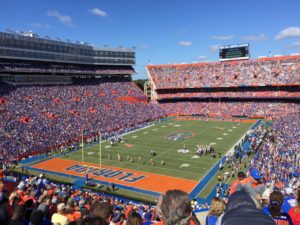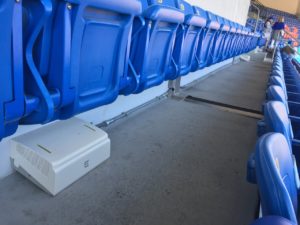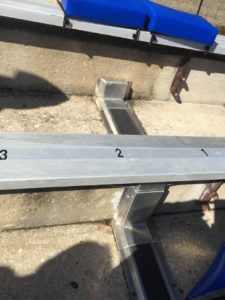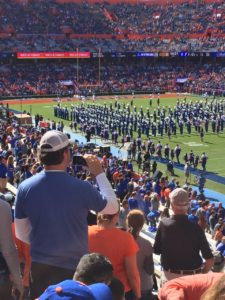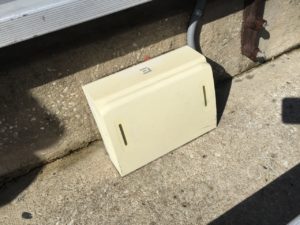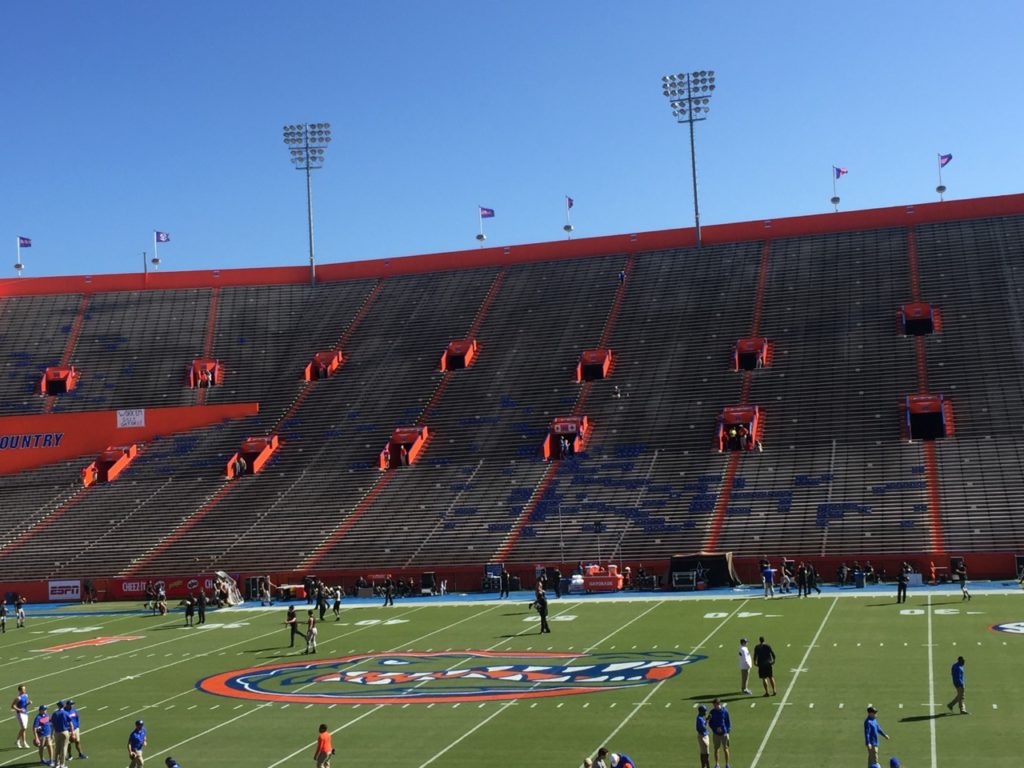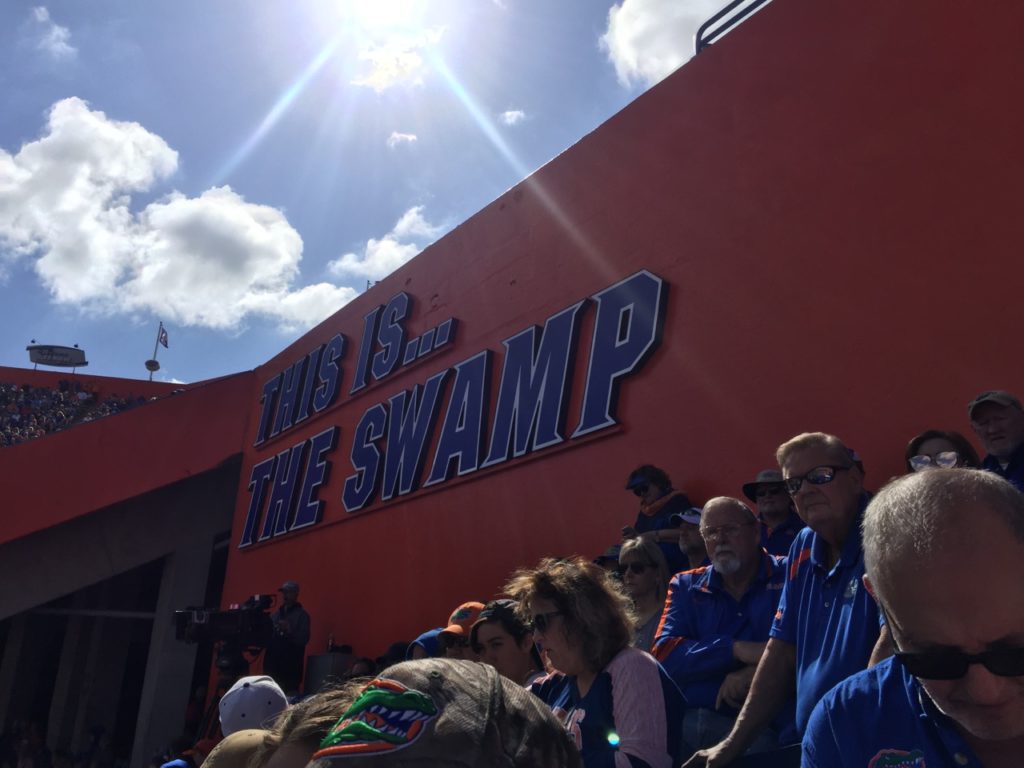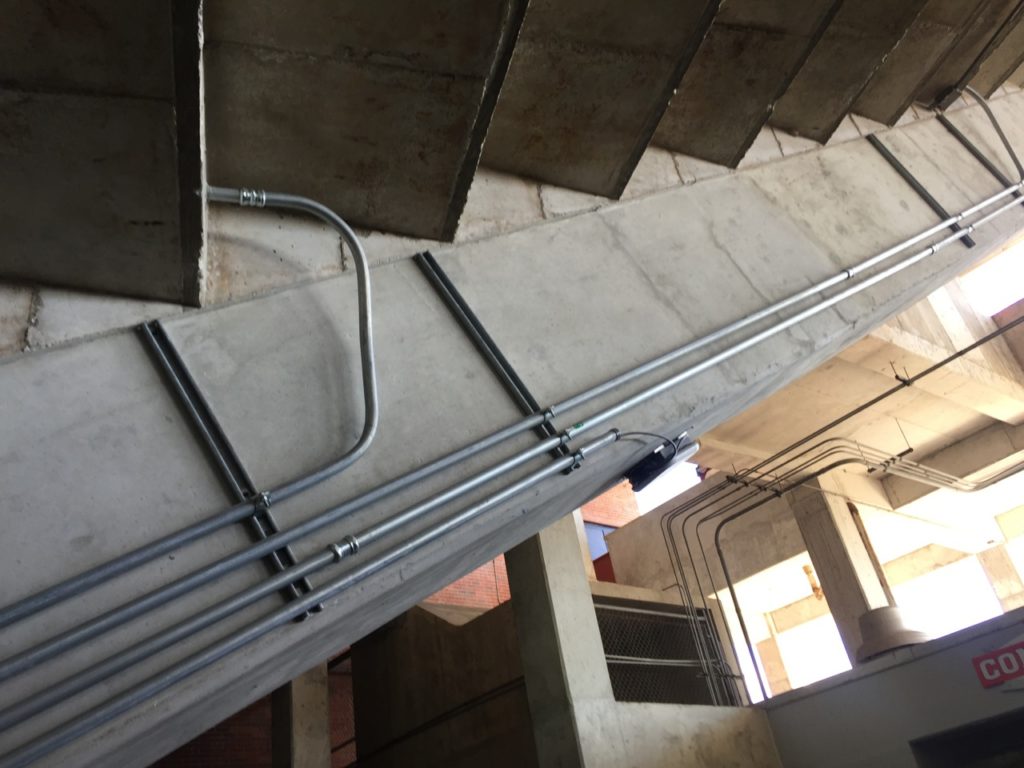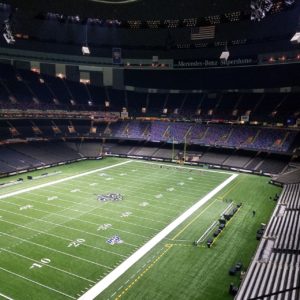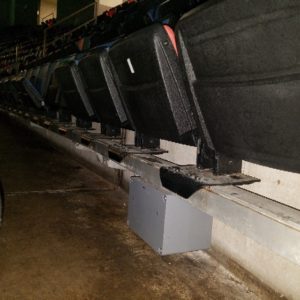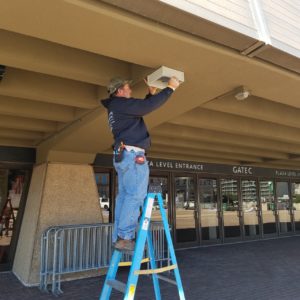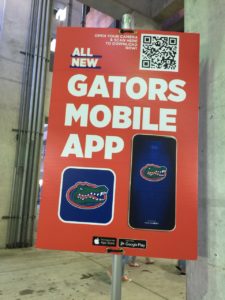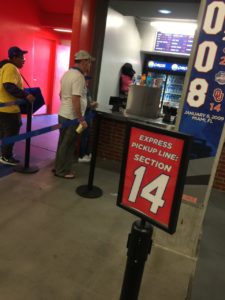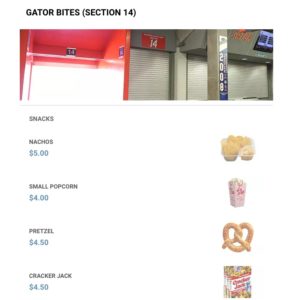 One of the bigger non-major tennis tournaments in the U.S., the BNP Paribas Open, has been postponed indefinitely this year due to a local confirmed case of the coronavirus in southern California.
One of the bigger non-major tennis tournaments in the U.S., the BNP Paribas Open, has been postponed indefinitely this year due to a local confirmed case of the coronavirus in southern California.
In a post on the tournament’s website, officials said they are exploring options to hold the tournament on a later date, but have no set plan yet.
“We are very disappointed that the tournament will not take place, but the health and safety of the local community, fans, players, volunteers, sponsors, employees, vendors, and everyone involved with the event is of paramount importance,” said tournament director Tommy Haas, in a prepared statement. Here is the lead paragraph from the website page announcing the postponement:
The Riverside County Public Health Department has declared a public health emergency for the Coachella Valley after a confirmed case of coronavirus (COVID-19) locally. As a result, the 2020 BNP Paribas Open will not take place at this time due to concerns surrounding the coronavirus and the safety of the participants and attendees at the event. This is following the guidance of medical professionals, the Centers for Disease Control (CDC), and State of California.
The BNP Paribas Open is the biggest sports event so far to be canceled or postponed due to the virus. Previously this year the Mobile World Congress conference in Barcelona, Spain, was canceled, as was the South by Southwest conference in Texas, which was scheduled for later this month.
In the sports world, the focus now shifts to the NCAA and its upcoming men’s and women’s basketball tournaments, which are scheduled to begin next week. Among the options being talked about in news reports are holding games at fewer arenas, or holding games in empty stadiums. As of Sunday night, there was no definitive plan for the NCAA events.
Other observers are looking further ahead in the sports schedule and questioning whether the NFL should eliminate the fan presence from its annual draft. The 2020 draft, scheduled for late April in Las Vegas, had been expected to draw as many as 300,000 visitors to the event.
Should the NFL cancel the NFL Draft in Vegas? That's the smart move https://t.co/lJ7xN4ixAA
— Jason McIntyre (@jasonrmcintyre) March 7, 2020
Stay tuned for more news as we are sure this will become somewhat of a daily thing as the virus spreads.
